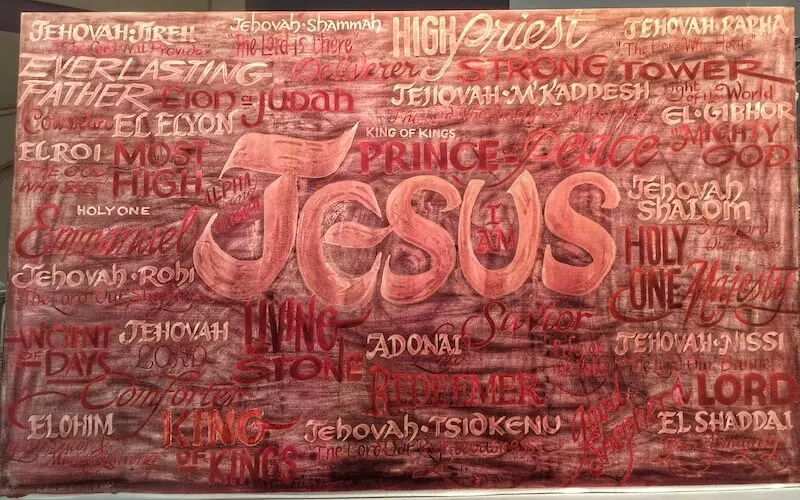Jesus the I AM That I AM
But he saith unto them, It is I; be not afraid (John 6:20 KJV)

In a prior Deshen Daily devotional, we established that the Jehovah of the Old Testament, unto whom every knee will bow (Isaiah 43:23), is the Jesus in the New Testament unto whom every knee will bow, and every tongue will confess (Philippians 2:10). In this devotional, we extend this truth by examining how a seeming grammatical error in the scripture reveals the mystery of who Jesus is.
The phrase “it is I” in John 6:20 above is not grammatically correct. The correct grammatical structure should be “It is me,” using the objective case of the personal pronoun “I.” Many of our English translations, such as the ESV, have done well by not “correcting” this error but leaving it alone. In Greek, there are just two words rather than the three in English: “I” and the verb “to be” in the first person singular, which is “am.” Therefore, in Greek, it is I am. Just to ensure this is not just a play of words, Jesus used the same “I AM” in John 8:58 in speaking to the Jews. The Jews understood what Jesus meant by using I AM to refer Himself, and they were so outraged that they picked up stones to kill Him!
Jesus is the same God of the Old Testament who revealed Himself to Moses and the Jews as Jehovah and the I AM. The name Jehovah, just as I AM, is not merely the name of God the Father, but of God Almighty, including the Word and the Spirit. So be not afraid, Jehovah, the I AM that I AM is here—Christ in you, the hope of glory!
Read more: Jesus: the Sum of All the Jehovah Names and Titles.
Why did the Jews want to stone Jesus after Using the phrase “I Am” in John 8:58?
Jesus is the great I AM that I AM. We do not merely have just a Savior that God sent. The Savior is God Himself, the same God of the Old Testament, come to us in the likeness of human flesh. The I AM is here: lift your head and shake off every fear, depression, anxiety, discouragement, or despair.
Could you take a moment now to worship the great I AM that I AM?
Read more
The Mystery of the Name Jesus.
What Happened to the Name Jehovah?
The Mystery of the Word, the Words of God and Jesus!
View all Deshen Daily devotionals including today’s devotional.
Free Mini E-book: From Spiritual Dryness to Flourishing







